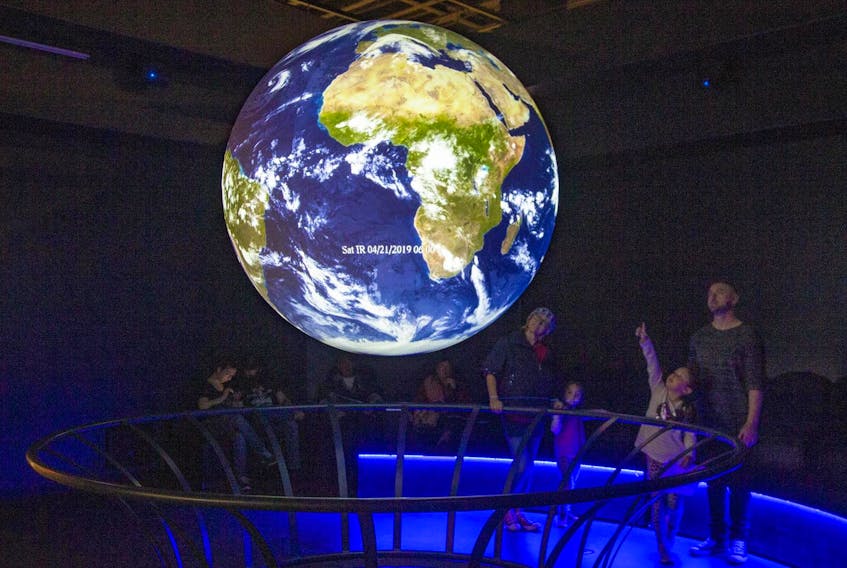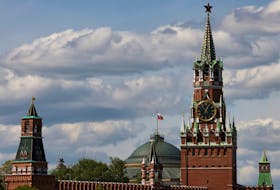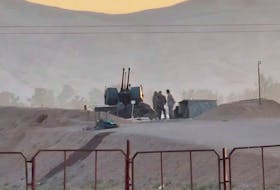There is more carbon dioxide on the planet than ever since the dawn of humanity, according to a Hawaii observatory.
Data from the Mauna Loa Observatory in Hawaii has recorded atmospheric carbon dioxide levels at 415.26 parts per million (ppm), marking a historic precedent in the last 800,000 years, since before the evolution of homo sapiens.
“Not just in recorded history, not just since the invention of agriculture 10,000 years ago. Since before modern humans existed millions of years ago,” tweeted Eric Holthaus, a meteorologist.
“We don’t know a planet like this.”
The macabre rise in carbon concentration levels isn’t entirely surprising. Carbon dioxide levels were recorded to have soared past the 400 ppm mark in 2016, reaching 410 ppm in 2017. Scientists at the beginning of 2019 predicted that it was only a matter of time before it crossed the 415 ppm precedent.
According to T ech Wire , the last time the planet came close to matching the climate of today was during the Pliocene Epoch, some three million years ago. Global temperatures were estimated at 2-3 degrees C warmer than today while carbon dioxide levels ranged between 310 to 400 ppm.
During this time, the Arctic was covered in trees instead of ice and summer temperatures in the far north were believed to have topped at 15C. Sea levels were also up by around 20 metres.
The dire news is simply one in a number of facts and recordings, marking an ominous turn in the fate of the planet’s flora and fauna. Last week, a published report warned that nearly one million species were at risk of extinction thanks to the carbon emissions released as a result of human economy activity.
“We keep burning fossil fuels,” Ralph Keeling , director of the Scripps CO2, told Science Alert. “Carbon dioxide keeps building up in the air. It’s essentially as simple as that.”
The U.S. National Oceanic and Atmospheric Administration likens the effect of carbon dioxide in the atmosphere to leaving bricks in a still warm fireplace, even after the fire has been put out. The carbon dioxide levels lower the atmosphere natural cooling cycle by trapping more heat in its molecules. As a result, the Earth absorbs more heat then it emits, leading to rise in global temperatures.
A 2015 study predicting our climate in 2250 paints a much more calamitous outcome. If humans continue to exploit all fossil fuel resources on the planet, we could find ourselves traveling even further in the past to the Triassic period, an ancient epoch of 200 million years old. Sea levels could rise by 60 metres, which could submerge most coastal cities, such as New York and Washington.
“If we don’t stop dumping our waste CO2 into the sky, land that is now home to more than a billion people will one day be underwater,” said Ken Caldeira , one of the lead researchers.
Copyright Postmedia Network Inc., 2019
RELATED









